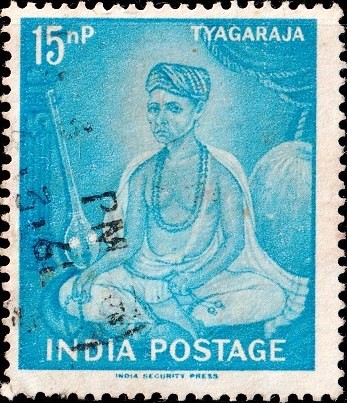
Tyagaraja
A commemorative postage stamp on Thyagaraja Aradhana Day (death anniversary), one among Trinity of Carnatic music, composed Pancharatna Kriti (Jagadanandakaraka, Dudukugala Nanne, Sadhinchane, Kanakana Ruchira and Entharo Mahaanubhavulu) :
 Issued by India
Issued by India
Issued on Jan 6, 1961
Type : Stamp, Postal Used
Colour : Monastral Blue
Denomination : 15 naya paisa
Size : 3.34 x 2.88 cms.
Perforation : 13½ x 14
Watermark : All-over multiple ‘Lion Capital of Asoka‘
Number Printed : 5.46 Million
Set : 42 stamps per issue sheet
Printing Process : Photogravure
Name : Kakarla Tyagabrahmam
Born on May 4, 1767 at Thiruvarur, Thanjavur Maratha kingdom [now Tiruvarur, Tamil Nadu, India]
Died on Jan 6, 1847 at Thiruvayaru, Tanjore district, Madras Presidency, British East India Company rule [now Tiruvaiyaru, Thanjavur district, Tamil Nadu]
About :
- In the South, where music has a strong hold, Tyagaraja is a household name. Neither at home nor in the concerts can there be any music without his immortal compositions. Perhaps, there has not been, in the whole field of Indian music a tone-poet who envisaged musical compositions of the type he created; certainly none to equal the intensity, volume and ceaseless output of his genius.
- Every year in January, in the village where he lived, Tiruvaiyyaru, on the banks of the Cauvery, in the Tanjore District of Tamilnad, the festival is celebrated of his passing away. The festival on 6th January, 1961 will be the 114th Anniversary of this Saint-composer, who died on 6th January, 1847. There will hardly be in the South a musician worth his name who does not perform his pilgrimage to the SAMADHI of this composer who, in his last years, had taken to orange robes and lived as a Sannyasin. All his life he had adored Lord Ramachandra as his deity and poured forth all his music, as an oblation to this incarnation of Divinity who, according to two of his last songs, had vouchsafed to him that He would reveal Himself and bless him with salvation. At the appointed time the Saint left his mortal body and became one with the Supreme Lord. Tyagaraja is, therefore, worshipped both as a saint-teacher and as a great creative musician.
- Tyagaraja was born at Tiruvarur in Tanjore District in 1767, but in 1759, according to another tradition. He was given the name of the presiding deity of his birth-place. Later, he came to Tiruvaiyyaru, about seven miles from Tanjore, then the seat of a ruling Maharatta dynasty. Tyagaraja‘s father was Rama Brahmam, and his family, called Kakarla, was one of the many Telugu families settled in the Cauvery Delta. Of Tiruvaiyyaru, where his father lived and which was a place of pilgrimage and of the Cauvery flowing there and her holy and nourishing waters, the composer has sung in some beautiful songs of his.
- Tyagaraja came in the line of devotees believing in the cult of reciting the Lord’s Name (NAMA-JAPA) and had his spiritual initiation from teachers of his time like Ramakrishnananda. He took the vow of voluntary poverty, spurned patronage, collected alms daily by going about singing the glory of the Lord, and spent his time worshipping and composing songs of Lord Rama.


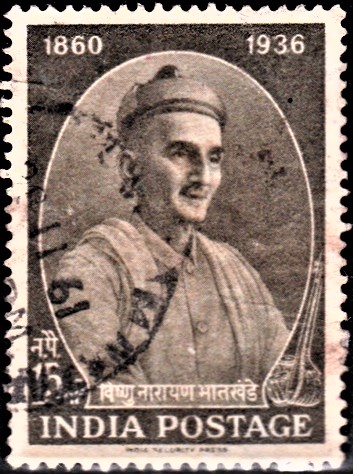
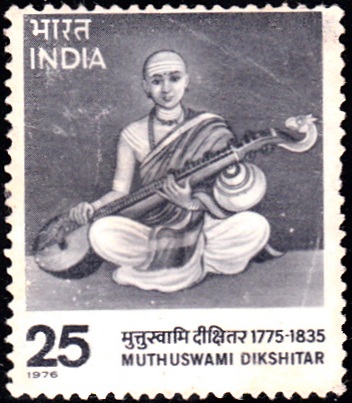
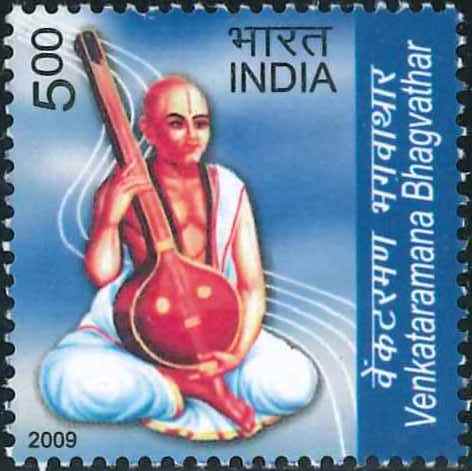
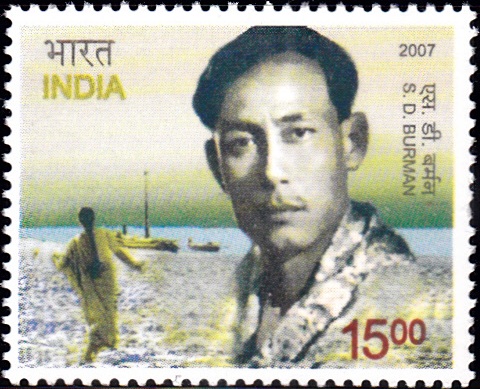

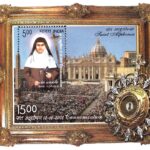
[…] of Carnatic songs and a musician of eminence. He was one of the most illustrious disciples of Saint Thiagaraja of Tiruvaiyaru, the cradle of Carnatic music located in Tiruvarur of Thanjavur District of Tamil […]
[…] spiritually and professionally close to Ariyakudi – the Samadhi of the great saint composer Sri Thyagaraja at Thiruvaiyar, a centre of great tradition where Ariyakudi contributed substantially in many ways […]
[…] its form as well as content through his own originality and compositions. Many later composers like Tyagaraja and Muthuswami Dikshitar drew inspiration from Purandaradasa‘s […]